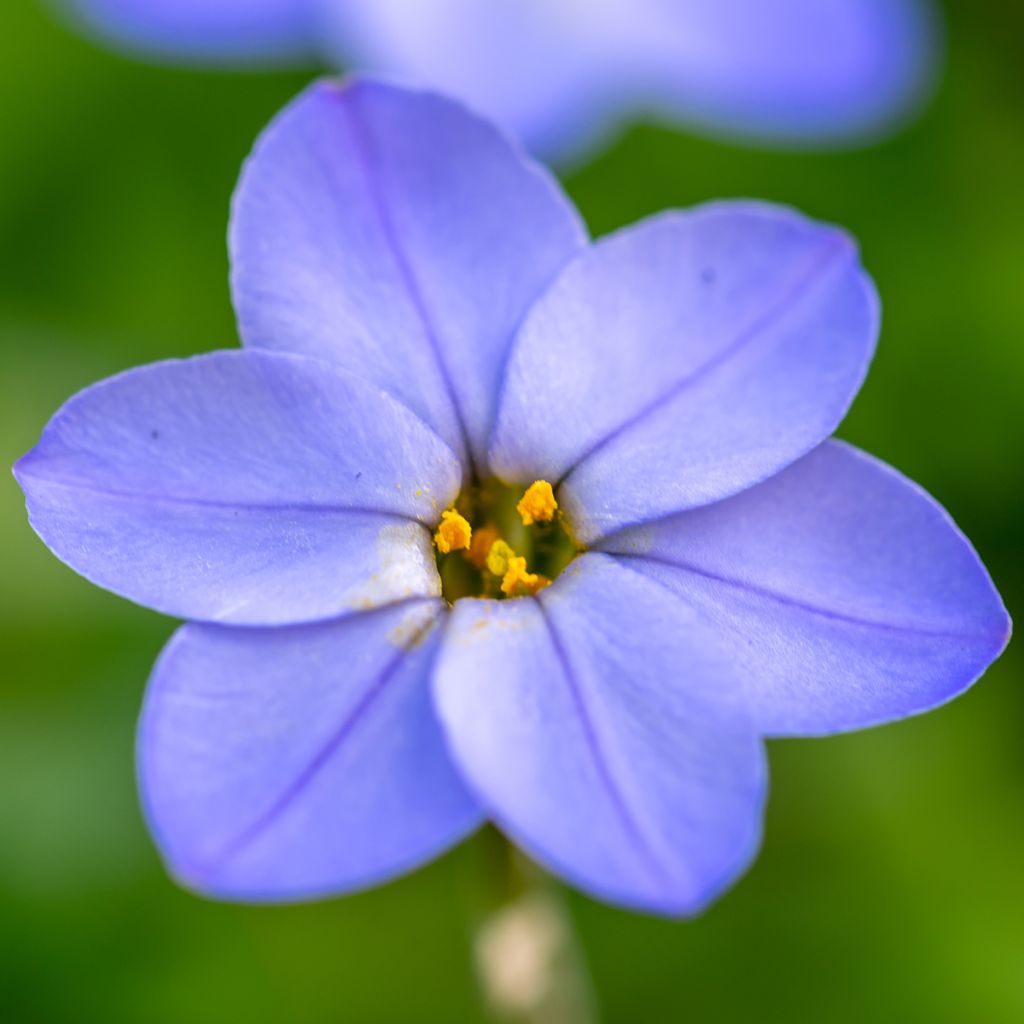

Ipheion uniflorum Jessie
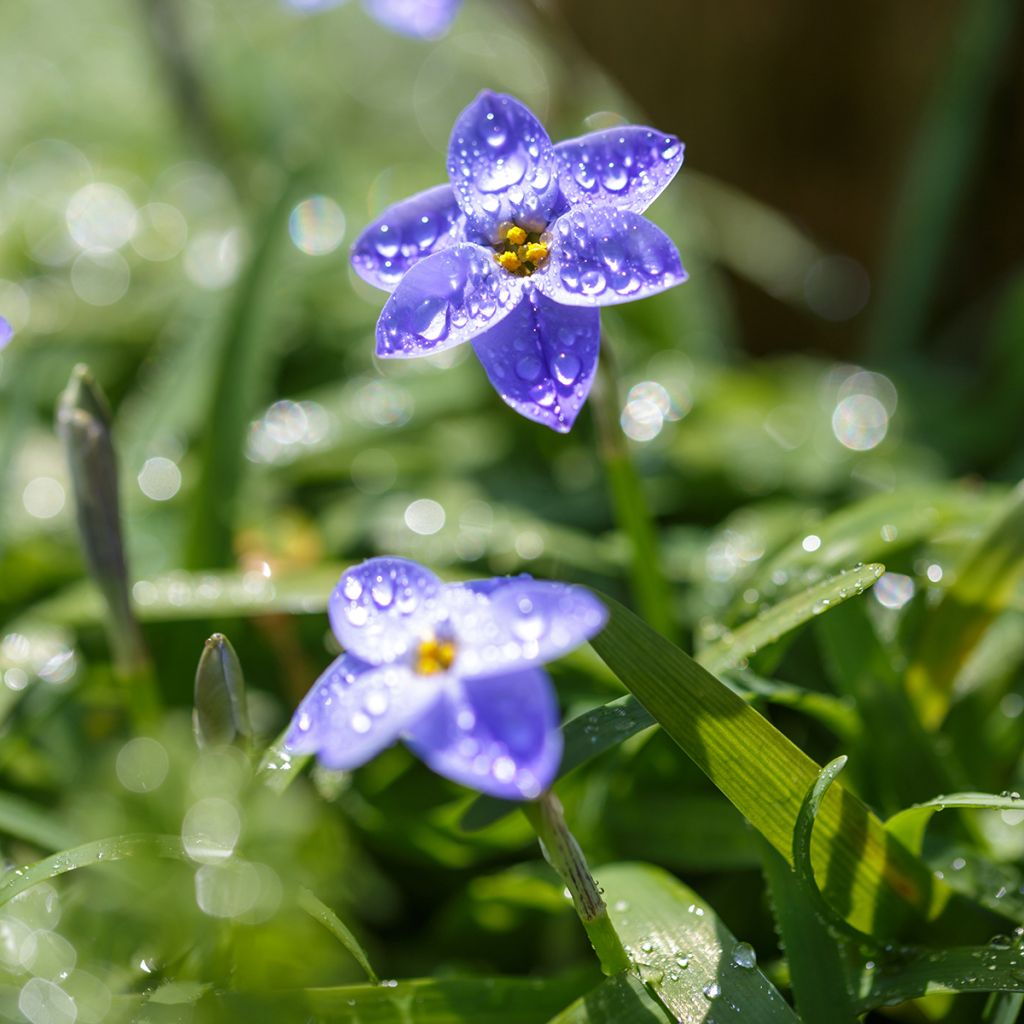

Ipheion uniflorum Jessie
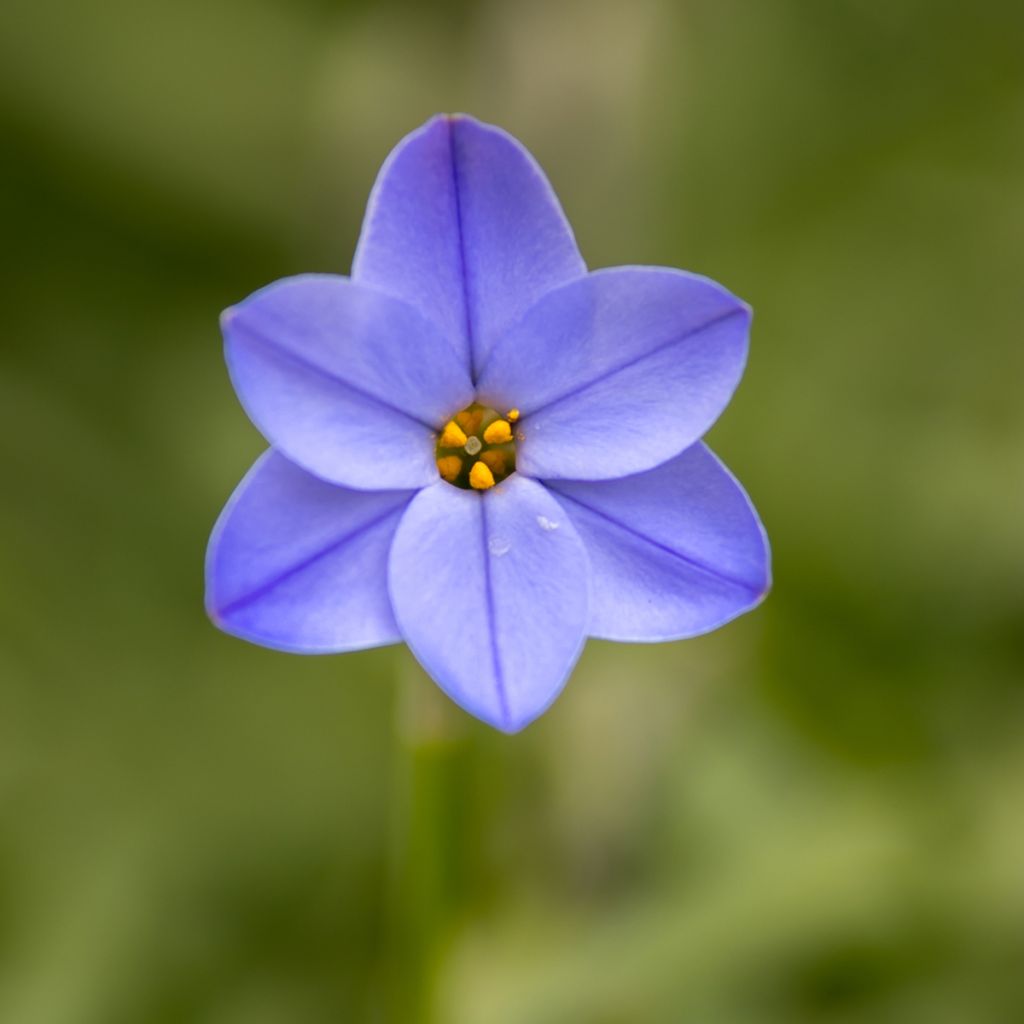

Ipheion uniflorum Jessie
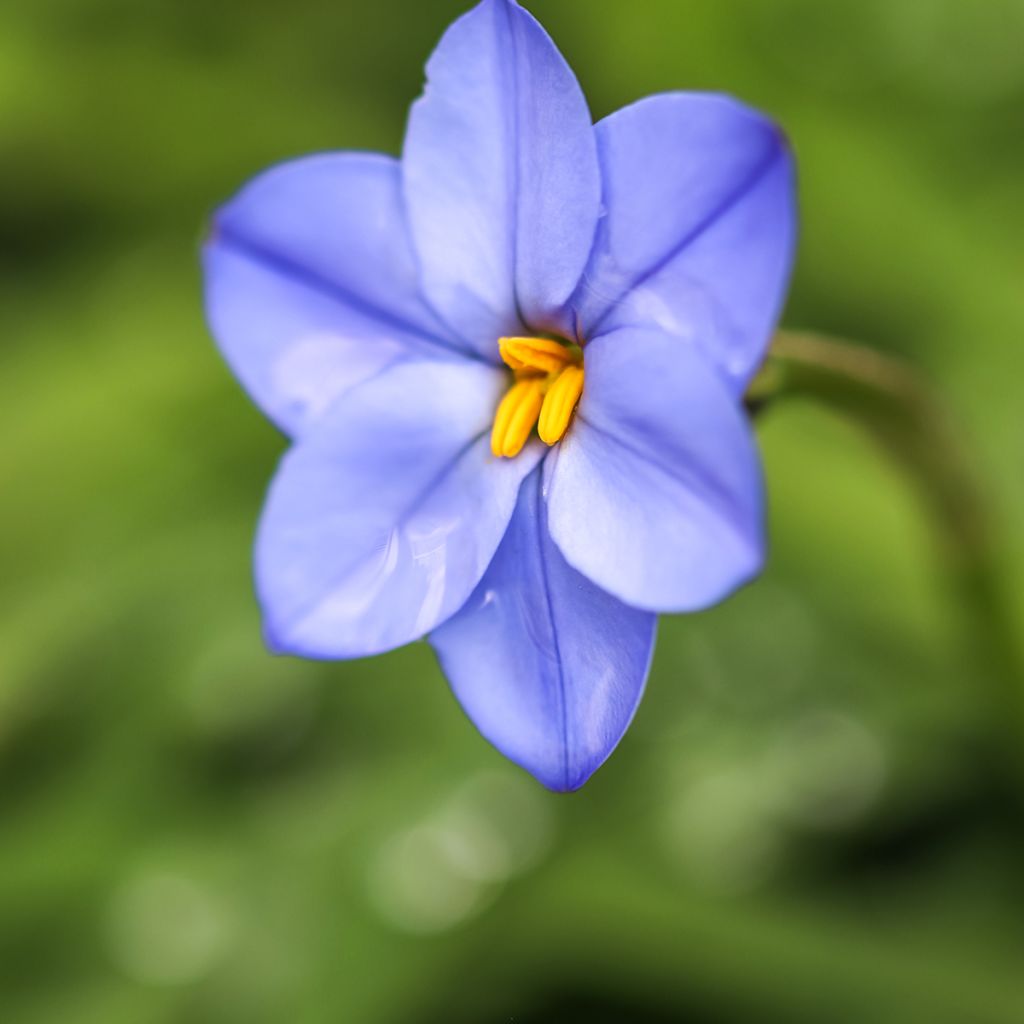

Ipheion uniflorum Jessie
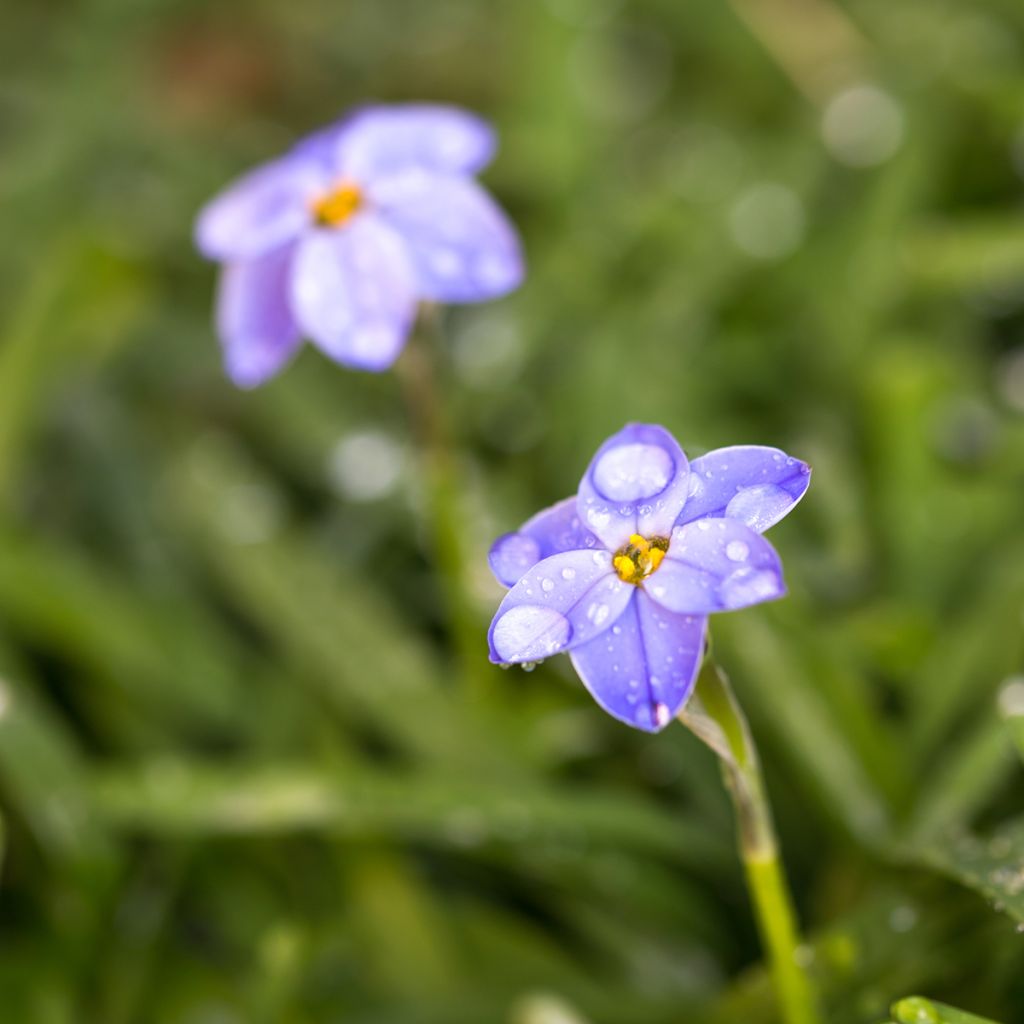

Ipheion uniflorum Jessie
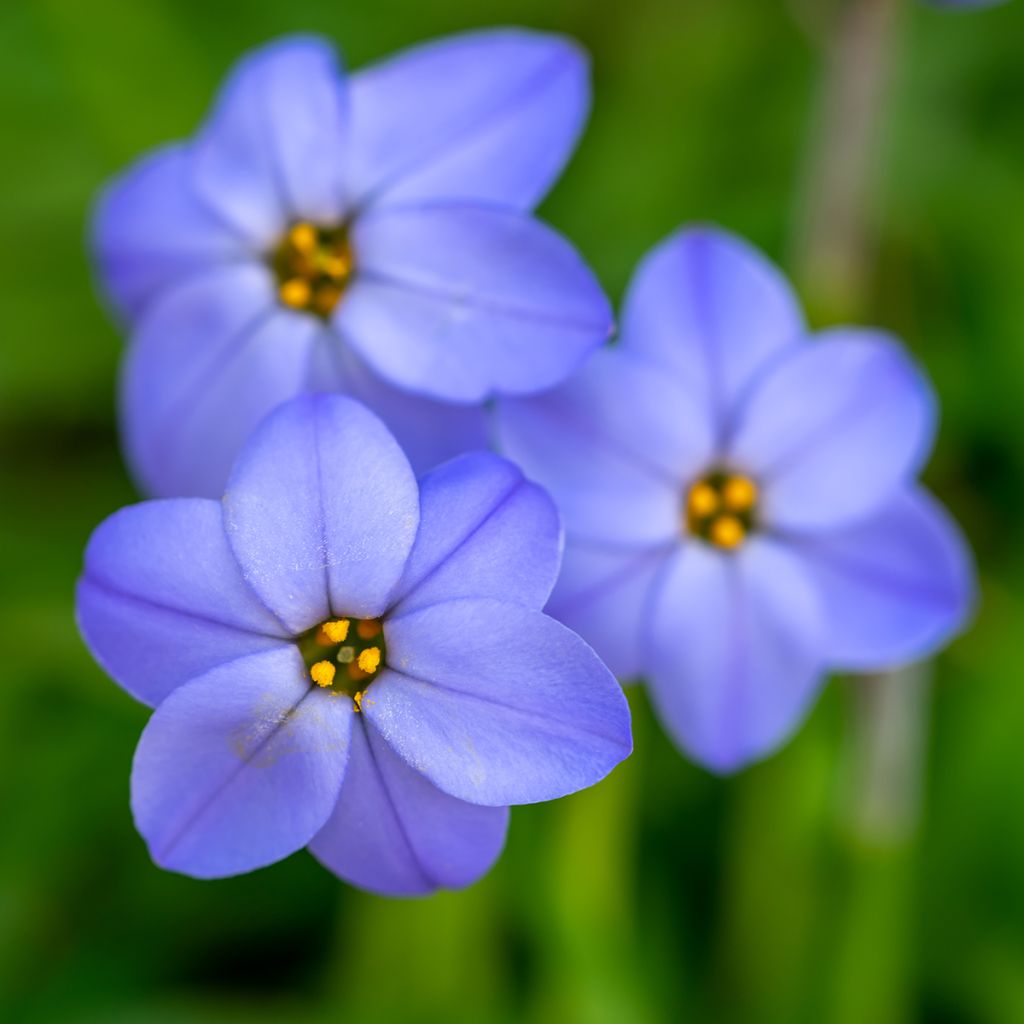

Ipheion uniflorum Jessie
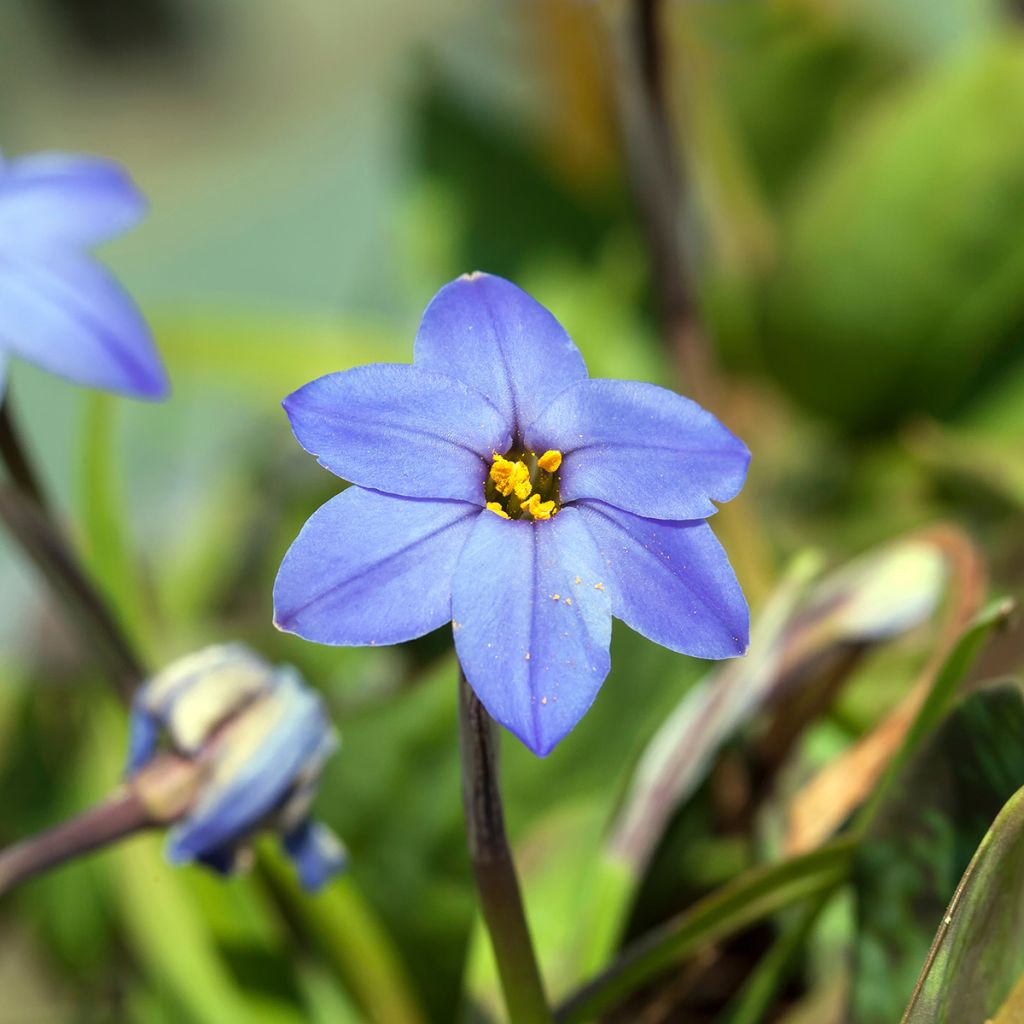

Ipheion uniflorum Jessie
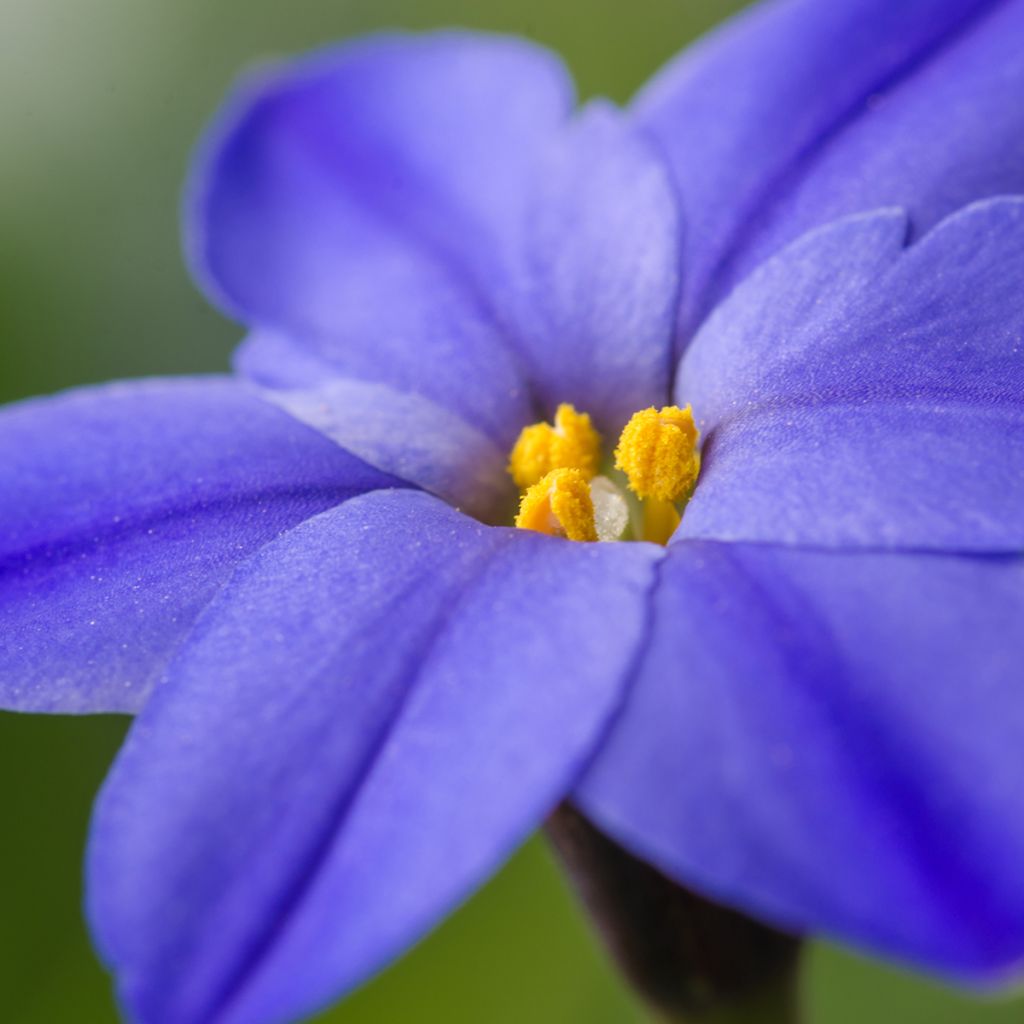

Ipheion uniflorum Jessie
Ipheion uniflorum Jessie
Ipheion uniflorum Jessie
Springstar, Spring Starflower
Fine calibers
Bernadette B., 10/10/2018
This plant carries a 6 months recovery warranty
More information
We guarantee the quality of our plants for a full growing cycle, and will replace at our expense any plant that fails to recover under normal climatic and planting conditions.
From €5.90 for pickup delivery and €6.90 for home delivery
Express home delivery from €8.90.

Does this plant fit my garden?
Set up your Plantfit profile →
Description
L'Ipheion uniflorum 'Jessie' is a recent cultivar, notable for the intense and vibrant blue colour of its flowers, which appear for three months from late winter to late spring. Like all ipheions, this small bulbous plant has grass-like foliage that releases an onion-like fragrance when crushed. Very hardy and easy to grow in any well-drained soil, it goes dormant in summer, unaffected by heat and drought. It readily naturalizes on slopes, in rockeries, or borders.
Ipheion uniflorum or Tristagma uniflora is a simple-looking small bulbous plant, native to South America (specifically the meadows and rockeries of Argentina). It belongs to the family of liliaceae, like garlic and onion, among others. The cultivar 'Jessie' is a recent English cultivar, distinguished by its very vibrant colour, probably the most intense blue ever obtained among ipheions. The bulb produces a clump of narrow, pale blue-green leaves from late summer, standing upright at a height of 15 to 20 cm (6 to 8in) when flowering. The leaves completely disappear in summer.
In late winter (February-March), solitary flowers appear, with a honey fragrance, measuring 2 to 4 cm (1 to 2in) in diameter, blue in colour with a contrasting black center and yellow stamens. They are directed upwards and take the shape of stars, composed of 6 narrow petals. In cold climates, its long flowering period starts at the same time as the first crocuses, reaching its peak in March and April, and ending in May with the arrival of summer heat. In mild climates, the flowering extends from December to May. Very hardy in well-drained soil, this plant requires dry and hot summers. It multiplies rapidly through the production of numerous bulblets.
Ipheion 'Jessie' pairs well with Muscari armeniacum or Zephiranthes candida, for example, two other equally easy-to-grow small bulbous plants. It can also be planted under deciduous bushes, accompanied by perennials to create a layered effect of flowering. It spreads in borders, rockeries, at the front of flower beds, along well-exposed walls, or even in pots. Pick the flowers as soon as they bloom if you want to make bouquets. Ipheion is also an excellent ground cover, sometimes even invasive.
Report an error about the product description
Ipheion uniflorum Jessie in pictures
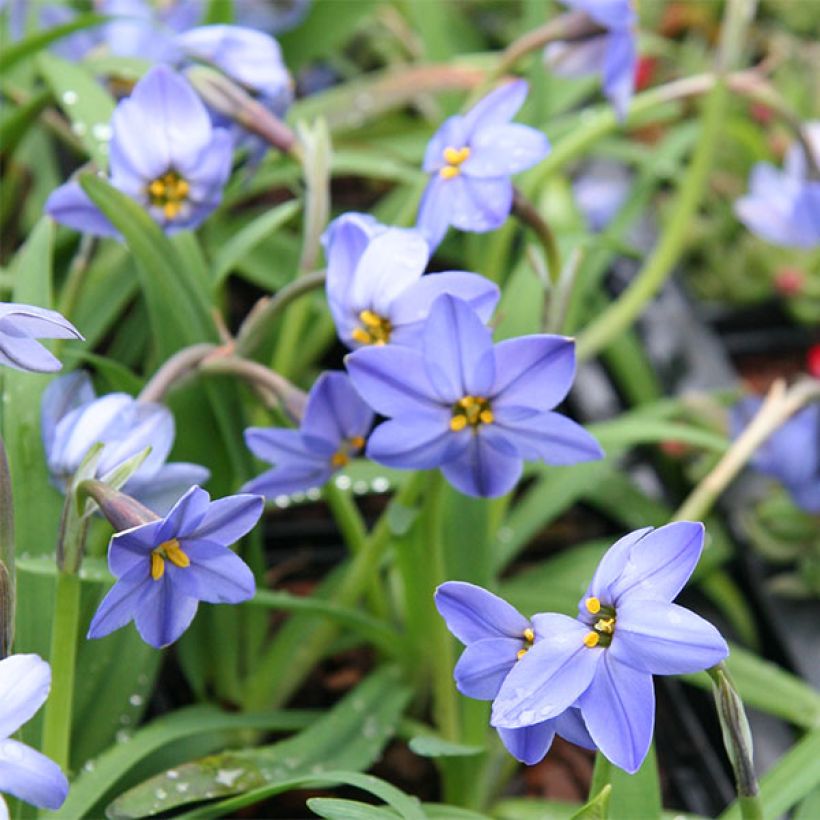

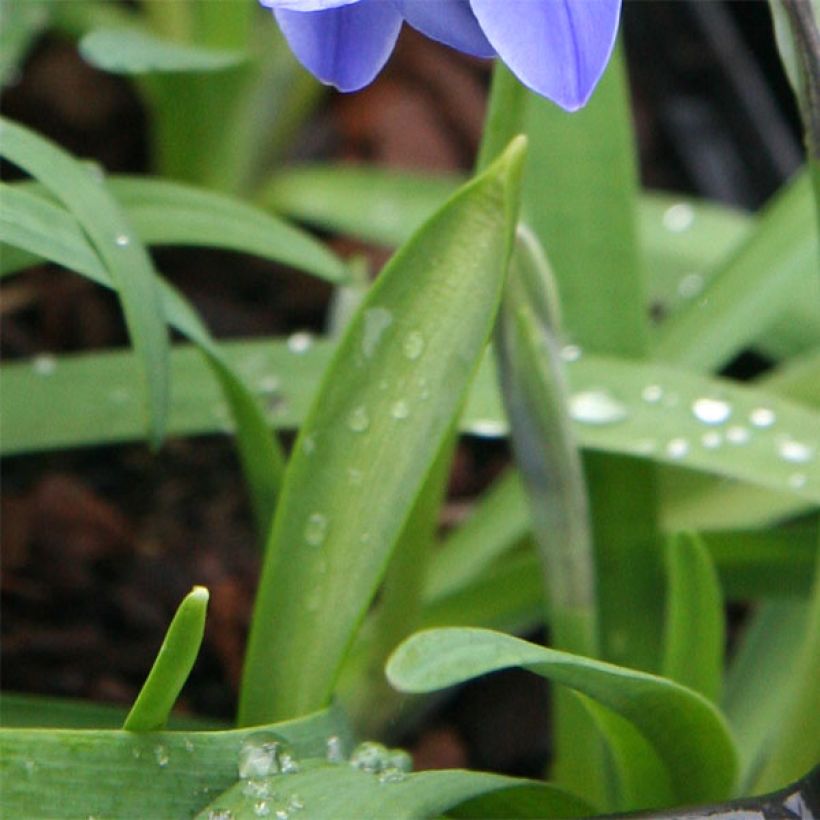

Plant habit
Flowering
Foliage
Botanical data
Ipheion
uniflorum
Jessie
Liliaceae
Springstar, Spring Starflower
Cultivar or hybrid
Planting and care
Plant Ipheions uniflorum 'Jessie' in autumn in a sunny or semi-shaded position. Place it in a fairly rich, dry to moist but well-drained soil, at a depth of 8 cm (3in), spacing the bulbs 8 cm (3in) apart. They do not require any special maintenance. You can plant them in a rockery. During their growth period, make sure to water them once or twice a week and provide liquid fertilizer once a month in a pot, if necessary. During the dormancy period in summer, leave them alone, they should not be watered. In colder regions, provide protective mulch. Protect them from slugs and snails that love young shoots.
Planting period
Intended location
Care
-
, onOrder confirmed
Reply from on Promesse de fleurs
Haven't found what you were looking for?
Hardiness is the lowest winter temperature a plant can endure without suffering serious damage or even dying. However, hardiness is affected by location (a sheltered area, such as a patio), protection (winter cover) and soil type (hardiness is improved by well-drained soil).

Photo Sharing Terms & Conditions
In order to encourage gardeners to interact and share their experiences, Promesse de fleurs offers various media enabling content to be uploaded onto its Site - in particular via the ‘Photo sharing’ module.
The User agrees to refrain from:
- Posting any content that is illegal, prejudicial, insulting, racist, inciteful to hatred, revisionist, contrary to public decency, that infringes on privacy or on the privacy rights of third parties, in particular the publicity rights of persons and goods, intellectual property rights, or the right to privacy.
- Submitting content on behalf of a third party;
- Impersonate the identity of a third party and/or publish any personal information about a third party;
In general, the User undertakes to refrain from any unethical behaviour.
All Content (in particular text, comments, files, images, photos, videos, creative works, etc.), which may be subject to property or intellectual property rights, image or other private rights, shall remain the property of the User, subject to the limited rights granted by the terms of the licence granted by Promesse de fleurs as stated below. Users are at liberty to publish or not to publish such Content on the Site, notably via the ‘Photo Sharing’ facility, and accept that this Content shall be made public and freely accessible, notably on the Internet.
Users further acknowledge, undertake to have ,and guarantee that they hold all necessary rights and permissions to publish such material on the Site, in particular with regard to the legislation in force pertaining to any privacy, property, intellectual property, image, or contractual rights, or rights of any other nature. By publishing such Content on the Site, Users acknowledge accepting full liability as publishers of the Content within the meaning of the law, and grant Promesse de fleurs, free of charge, an inclusive, worldwide licence for the said Content for the entire duration of its publication, including all reproduction, representation, up/downloading, displaying, performing, transmission, and storage rights.
Users also grant permission for their name to be linked to the Content and accept that this link may not always be made available.
By engaging in posting material, Users consent to their Content becoming automatically accessible on the Internet, in particular on other sites and/or blogs and/or web pages of the Promesse de fleurs site, including in particular social pages and the Promesse de fleurs catalogue.
Users may secure the removal of entrusted content free of charge by issuing a simple request via our contact form.
The flowering period indicated on our website applies to countries and regions located in USDA zone 8 (France, the United Kingdom, Ireland, the Netherlands, etc.)
It will vary according to where you live:
- In zones 9 to 10 (Italy, Spain, Greece, etc.), flowering will occur about 2 to 4 weeks earlier.
- In zones 6 to 7 (Germany, Poland, Slovenia, and lower mountainous regions), flowering will be delayed by 2 to 3 weeks.
- In zone 5 (Central Europe, Scandinavia), blooming will be delayed by 3 to 5 weeks.
In temperate climates, pruning of spring-flowering shrubs (forsythia, spireas, etc.) should be done just after flowering.
Pruning of summer-flowering shrubs (Indian Lilac, Perovskia, etc.) can be done in winter or spring.
In cold regions as well as with frost-sensitive plants, avoid pruning too early when severe frosts may still occur.
The planting period indicated on our website applies to countries and regions located in USDA zone 8 (France, United Kingdom, Ireland, Netherlands).
It will vary according to where you live:
- In Mediterranean zones (Marseille, Madrid, Milan, etc.), autumn and winter are the best planting periods.
- In continental zones (Strasbourg, Munich, Vienna, etc.), delay planting by 2 to 3 weeks in spring and bring it forward by 2 to 4 weeks in autumn.
- In mountainous regions (the Alps, Pyrenees, Carpathians, etc.), it is best to plant in late spring (May-June) or late summer (August-September).
The harvesting period indicated on our website applies to countries and regions in USDA zone 8 (France, England, Ireland, the Netherlands).
In colder areas (Scandinavia, Poland, Austria...) fruit and vegetable harvests are likely to be delayed by 3-4 weeks.
In warmer areas (Italy, Spain, Greece, etc.), harvesting will probably take place earlier, depending on weather conditions.
The sowing periods indicated on our website apply to countries and regions within USDA Zone 8 (France, UK, Ireland, Netherlands).
In colder areas (Scandinavia, Poland, Austria...), delay any outdoor sowing by 3-4 weeks, or sow under glass.
In warmer climes (Italy, Spain, Greece, etc.), bring outdoor sowing forward by a few weeks.


































